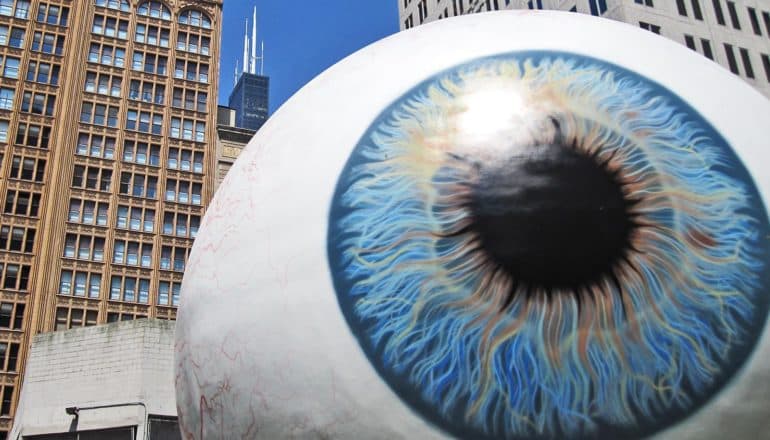
A new gene therapy could eventually provide an alternative treatment for Fuchs’ endothelial corneal dystrophy, a genetic eye disease that affects roughly one in 2,000 people globally.
Currently, the only treatment is corneal transplant, a major surgery with associated risks and potential complications.
“When you do a transplant you make a huge difference for that person, but it’s a big deal for the patient with lots of visits, lots of eye drops, lots of co-pays, and if you had a medical treatment that did not require surgery, that would be great,” says Bala Ambati, a research professor at the University of Oregon who led an eight-year study involving the development of the gene therapy.
“Not only could it help patients who need a transplant, but it could also help a lot of other people who could have used that (corneal) tissue.”
For the study in the journal eLife, investigators focused on a rare, early-onset version of the disease and carried out the research in mice. They used CRISPR-Cas9, a powerful tool for editing genomes, to knock out a mutant form of a protein that is associated with the disease.
Fuchs’ dystrophy occurs when cells in the corneal layer called the endothelium gradually die off and stressed cells produce structures known as guttae. These cells normally pump fluid from the cornea to keep it clear, but when they die, fluid builds up, the cornea gets swollen, and vision becomes cloudy or hazy.
“We were able to stop this toxic protein expression and study it in a mouse model,” says coauthor Hiro Uehara, a senior research associate in the Ambati lab.
“We confirmed that (in mice who received it), our treatment was able to rescue loss of corneal endothelial cells, reduce guttata-like structures, and preserve the corneal endothelial cell pump function.”
Corneal cells are non-reproducing, meaning you’re born with all of the cells you will ever have, Ambati says. One of the challenges of the study involved using CRISPR gene editing technology on such cells, a process that is technically difficult.
Uehara developed an innovative workaround that increases the utility of the CRISPR technology and could eventually lead to treatments for other diseases involving non-reproducing cells, including some neurologic diseases, immune diseases, and certain genetic disorders affecting the joints. The study marks the first time that researchers have applied the technique, called start codon disruption, to non-reproducing cells.
“It’s potentially expanding the therapeutic target pool for CRISPR-Cas system to tissues that are not capable of cell division,” Ambati says.
To test the safety of the treatment, the researchers examined surrounding tissues and other genes to make sure they had not been adversely affected by the therapy. Future research will examine the therapy in human donor corneas from eye banks and other animal models with an eye toward eventual clinical testing in humans.
Additional coauthors are from Johns Hopkins University, the University of Virginia, the University of Utah, and the University of Massachusetts.
Support for the research came from the National Institutes of Health/National Eye Institute and Research to Prevent Blindness, Inc.
Source: University of Oregon
The post Gene therapy could treat eye disease without surgery appeared first on Futurity.
* This article was originally published here
No comments:
Post a Comment